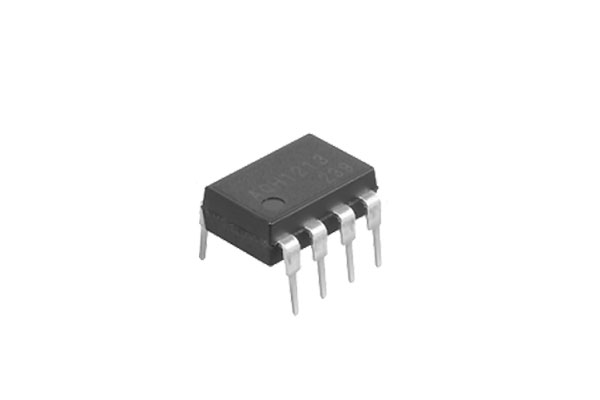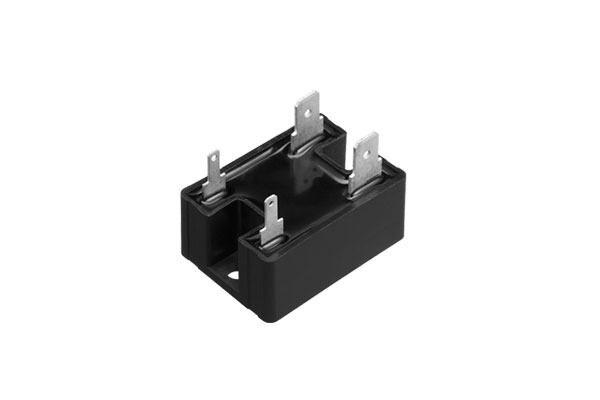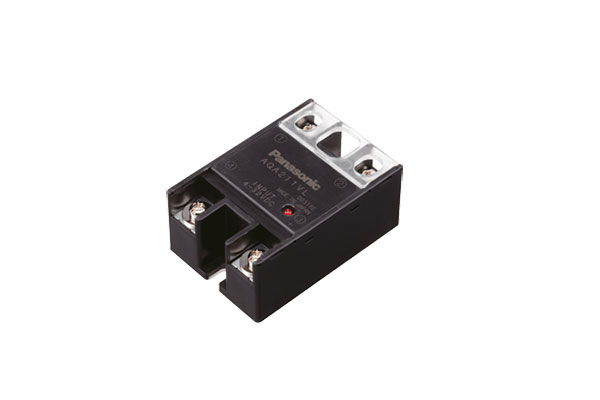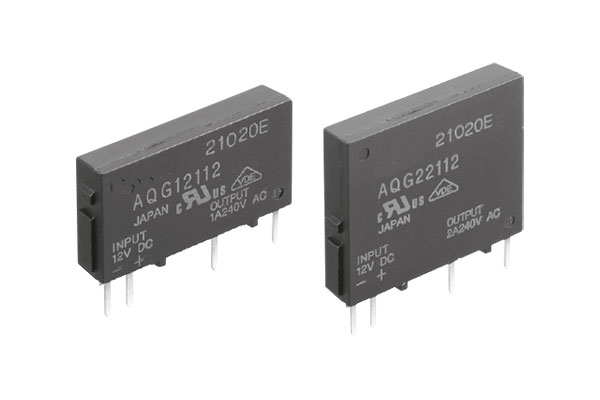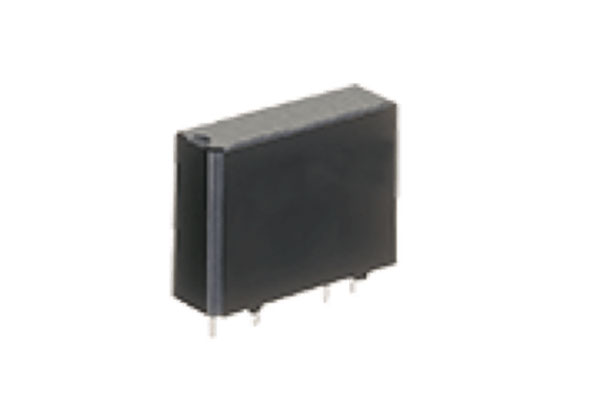
Solid-state relays
Semiconductor-based switching elements offer superb reliability and a nearly unlimited lifespan
Semiconductor-based switching elements offer two essential advantages compared to electromechanical relays: superb reliability and a nearly limitless lifespan. The various solid-state relay types all function according to the same principle: in the input circuit, an LED energizes an optoelectronic device via an optical beam (insulation method), which in turn activates a power semiconductor on the output. SSR types use a triac as an output power semiconductor.
Downloads
Data sheet
| Name | Size | Date | Language |
|---|---|---|---|
| SSRs Technical Information | 1 MB | 21.08.2020 | English |
Flyer
| Name | Size | Date | Language |
|---|---|---|---|
| Solid State Relays, An Overview | 650 KB | 20.08.2014 | English |
| Halbleiter-Relais - PhotoMOS Produktpalette | 1 MB | 20.08.2014 | German |
Shortform
| Name | Size | Date | Language |
|---|---|---|---|
| Relays Short Form 2024 | 5 MB | 19.02.2024 | English |
Technical information
| Name | Size | Date | Language |
|---|---|---|---|
| Cautions for Use of Solid State Relays | 241 KB | 21.08.2020 | English |
| Terminology of Phototriac Coupler AQH | 56 KB | 08.03.2024 | English |
| Principle of Operation | 42 KB | 21.06.2018 | English |
| SSR Description and Circuit Configurations | 67 KB | 21.06.2018 | English |

